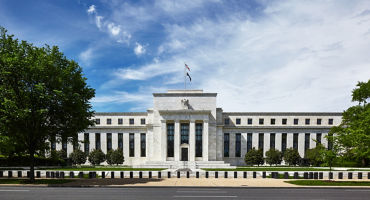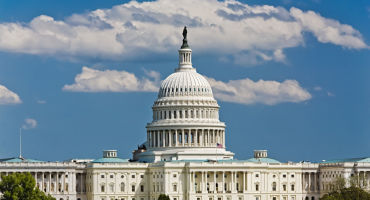By 2030, the recently passed Inflation Reduction Act (IRA) could cut US emissions by 40% (relative to 2005 levels), compared with a 27% reduction under current policies.1 But along with this important environmental impact, the IRA is likely to affect the US economy in a variety of ways, including driving up investment spending, driving down the cost of new technologies, and giving productivity a needed boost.
Adding to the US spending spree, with a focus on climate and energy
Like the infrastructure bill passed in August 2021 and the CHIPS Act passed in July 2022, the IRA is consistent with my thesis that we will see higher domestic capital spending in the US over the coming decade. Together, these three bills include roughly US$1 trillion of spending over 10 years. Higher capex should translate into higher productivity and somewhat higher nominal growth, implying higher rates over time.
The bulk of the spending in the IRA is aimed at energy and climate initiatives, with the key provisions totaling US$387 billion (Figure 1). The bill is expected to boost capex in clean technology by as much as 2.7 times the current projected level (Figure 2).























